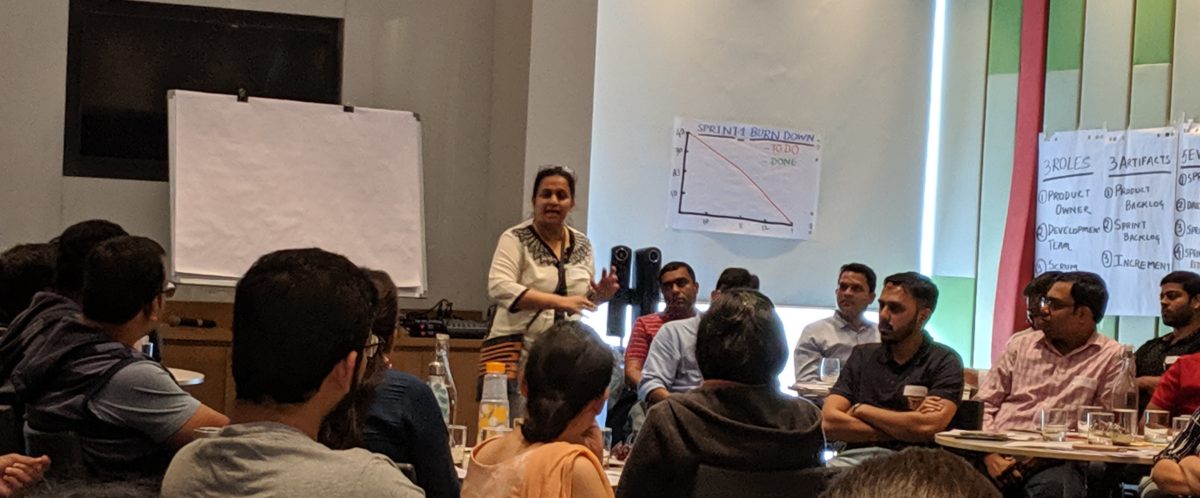Many students ask me how to choose a pilot? To ensure success of your transformation, it is really important to choose a right pilot. Below I will give a few suggestions. These suggestions have worked for me in while choosing an Agile pilot.
- Select a “Visible but not critical project”. It is important to choose a project that has visibility across organisation. This will make the next steps of spreading agile easier. When we select a visible project, it becomes difficult for detractors to dismiss the success. At the same time be wary of selecting mission critical projects. Too much is riding over success of such a project. In this case, the team will be less likely to experiment. The stakeholders will be even less likely to have the necessary patience.
- Size Matters!! I usually suggest to select project which is not too large. A large project has additional scaling challenges. These become an overhead while trying to implement agile. Usually not more than 3 scrum teams is a nice rule of thumb to follow. I also caution against selecting a too small a team. Such project may also mean a success which is not as spectacular to be tooted across organisation. A really small project delivered by a small team is anyway likely to be succeeded and agile would not get the crredit for the success!
- Where possible avoid added complicating factors. If at all possible, it is better to avoid a project with unnecessary complications.Some examples can be, technology which is too strange to the team , a team that is greatly distributed (more that 3 locations) or a team that is too new and still in “forming /storming” stage. Changing way of work to Scrum is anyway stressful, it is best to avoid further stress.
- Select a project that intuitively needs agile It’s best to select a project that has need to evolve requirements – in other words it’s best to have a pilot for starting a brand new product. It will allow the inherent agile qualities to shine..At the same time, we would avoid added complications of a monolithic architecture or a legacy code base that no one fully understands.
- On board the champions – Identify your supporters early and include them in your pilot. These people are any way convinced and they will work hard to prove the concept.
- Avoid The detractors – In the same vein, it is usually prudent to avoid strong nay sayers. They usually will come on board when they see the pilot succeed. This will reduce the stress of having resistance along every step of pilot
